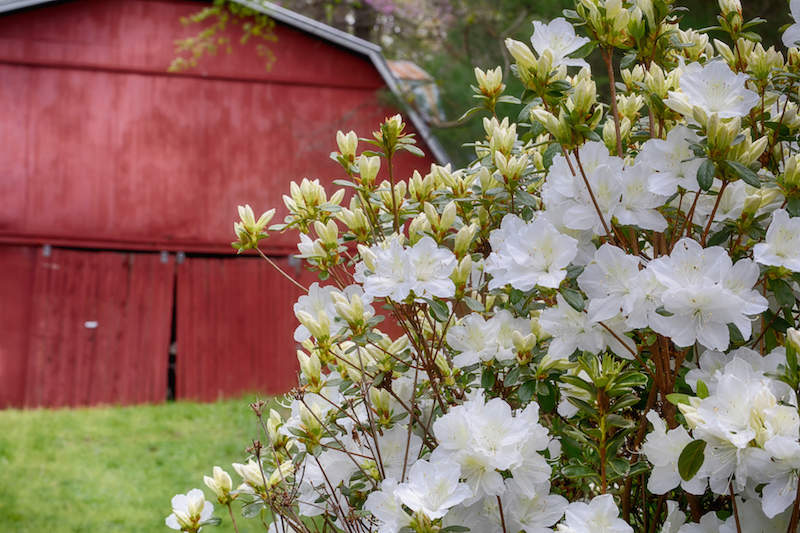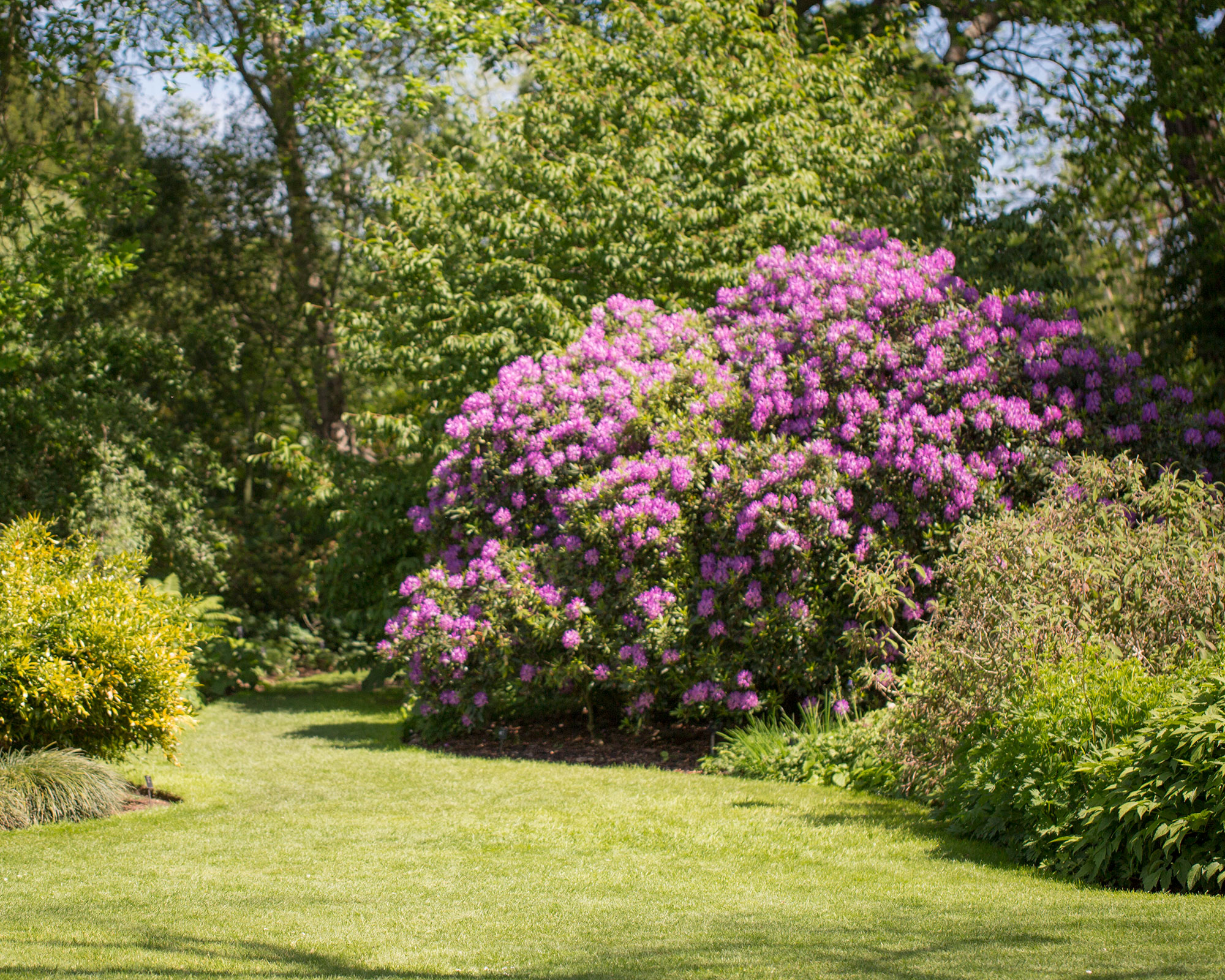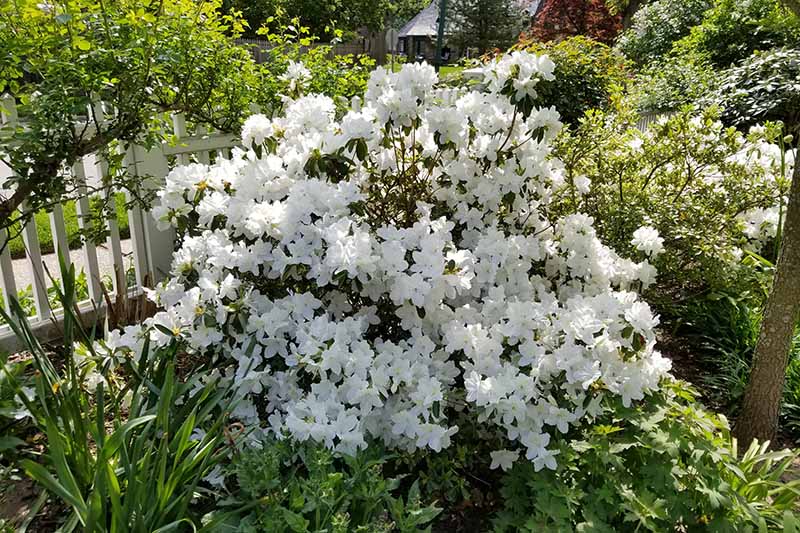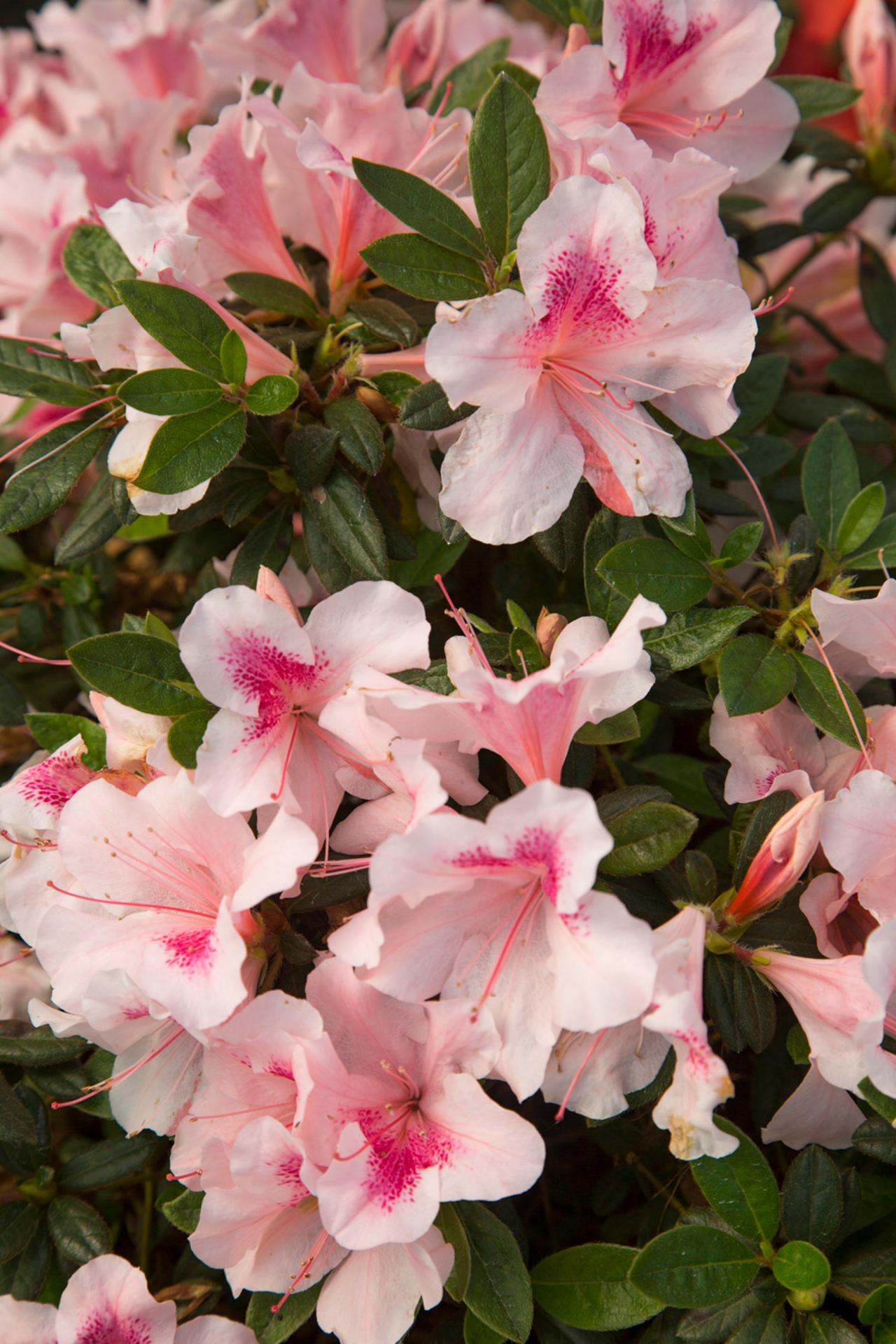What to Expect from Your Azalea’s Size and Shape
Understanding azalea growth habits is crucial to providing proper care and maintenance. One of the most important aspects of azalea care is knowing how big do azaleas get, as this determines the amount of space and resources needed to support healthy growth. With over 10,000 known azalea species and cultivars, it’s no surprise that these plants come in a wide range of sizes. From compact and dwarf varieties that reach only 1-2 feet tall, to standard and giant species that can grow up to 10-15 feet or more, each azalea has its unique growth habits and size expectations. By understanding the specific needs of your azalea, you can create an ideal environment that meets its requirements, ensuring optimal growth and health.
Factors Influencing Azalea Growth: Climate, Soil, and Light
Azalea growth is heavily influenced by environmental factors, which can significantly impact the ultimate size of the plant. Understanding how these factors affect azalea growth is crucial to creating an ideal environment that supports healthy development. Temperature, humidity, soil quality, and light exposure are all critical factors that can affect how big do azaleas get. For instance, azaleas grown in warmer climates tend to grow larger than those grown in cooler climates. Similarly, azaleas planted in well-draining soil with a pH between 5.5 and 6.5 tend to thrive, while those grown in poor soil conditions may struggle to reach their full potential. Light exposure also plays a significant role, with azaleas requiring partial shade to full sun depending on the variety. By understanding how these environmental factors impact azalea growth, gardeners can take steps to create an ideal environment that supports healthy development and optimal size.
How to Optimize Azalea Growth: Tips for Encouraging Healthy Development
To ensure azaleas reach their full growth potential, it’s essential to create an ideal environment that meets their needs. Watering is a critical aspect of azalea care, and plants should be kept consistently moist but not waterlogged. Fertilization is also crucial, with azaleas benefiting from regular applications of acidic fertilizers. Pruning is another vital technique for promoting healthy growth, as it helps maintain shape, encourages new growth, and removes dead or damaged branches. Additionally, pest management is essential, as azaleas can be susceptible to pests like lace bugs, spider mites, and root weevils. By implementing these techniques, gardeners can create an ideal environment that supports healthy development and optimal size, ultimately answering the question of how big do azaleas get. Furthermore, mulching around the base of the plant can help retain moisture, suppress weeds, and regulate soil temperature, all of which contribute to healthy growth. By following these tips, gardeners can provide their azaleas with the best possible start in life, setting them up for success and ensuring they reach their full growth potential.
Azalea Varieties: Compact, Dwarf, and Standard Sizes Explained
Azaleas come in a wide range of varieties, each with its own unique growth habits and size expectations. Understanding the different types of azaleas can help gardeners choose the right variety for their specific needs and ensure proper care and maintenance. Compact azaleas, such as the ‘Pink Perfume’ and ‘White Gumpo’ varieties, are ideal for small gardens or containers and typically grow to be around 2-3 feet tall. Dwarf azaleas, like the ‘Coral Bells‘ and ‘Red Ruffle’ varieties, are slightly larger, reaching heights of 3-5 feet. Standard azaleas, including the ‘Formosa’ and ‘Girard’s Fuchsia’ varieties, can grow quite large, often reaching heights of 6-10 feet or more. By understanding the growth habits and size expectations of different azalea varieties, gardeners can better answer the question of how big do azaleas get and provide the necessary care and maintenance to support healthy growth. Additionally, some azalea varieties, such as the ‘ Encore’ series, are bred to be repeat-bloomers, providing extended periods of colorful blooms. When selecting an azalea variety, it’s essential to consider factors such as climate, soil type, and available space to ensure the best possible results.
Pruning for Size Control: Techniques for Shaping Your Azalea
Pruning is a crucial aspect of azalea care, as it helps control the size and shape of the plant. By pruning azaleas regularly, gardeners can maintain a desired size or shape, promote healthy growth, and encourage blooming. To prune azaleas effectively, it’s essential to understand the different pruning techniques and when to apply them. For example, pinching involves removing the terminal bud to encourage branching and create a fuller plant. Thinning involves removing select branches to improve air circulation and reduce disease risk. Shearing involves cutting back the entire plant to maintain a specific shape or size. When pruning azaleas, it’s essential to use clean, sharp tools and make cuts just above a leaf node. This helps the plant heal quickly and reduces the risk of disease. By pruning azaleas regularly, gardeners can answer the question of how big do azaleas get and take control of their plant’s size and shape. Additionally, pruning can help azaleas grow more compactly, making them ideal for small gardens or containers. By mastering the art of pruning, gardeners can create beautiful, thriving azaleas that provide years of enjoyment.
Common Azalea Growth Problems: Identifying and Addressing Issues
While azaleas are generally low-maintenance plants, they can still be susceptible to certain growth problems that can affect their size and overall health. One common issue is root bound, which occurs when the plant’s roots outgrow its container. This can lead to stunted growth and reduced blooming. To address root bound, gardeners can transplant the azalea into a larger container or directly into the ground, taking care to gently tease out the roots. Another common problem is nutrient deficiencies, which can cause yellowing leaves, stunted growth, and reduced blooming. To address nutrient deficiencies, gardeners can fertilize their azaleas regularly, using a balanced fertilizer that is specifically formulated for acid-loving plants. Pests, such as lace bugs and spider mites, can also affect azalea growth, causing damage to leaves and stems. To address pest issues, gardeners can use organic pest control methods, such as neem oil or insecticidal soap, and maintain good garden hygiene practices. By identifying and addressing these common growth problems, gardeners can help their azaleas reach their full growth potential and answer the question of how big do azaleas get. Additionally, regular monitoring and maintenance can help prevent these issues from arising in the first place, ensuring that azaleas remain healthy and thriving.
Creating a Beautiful Azalea Display: Arranging Plants for Maximum Impact
When it comes to creating a stunning azalea display, arrangement is key. By carefully selecting and arranging azaleas of varying sizes, shapes, and colors, gardeners can create a visually appealing display that showcases the beauty of these flowering shrubs. To start, consider the mature size of the azaleas, taking into account how big do azaleas get, and choose a location that provides enough space for the plants to grow. Compact and dwarf varieties are ideal for small gardens or containers, while standard sizes can be used to create a dramatic impact in larger landscapes. When arranging azaleas, consider the color palette and bloom times to create a cohesive look. For example, pairing azaleas with complementary colors, such as pink and purple, can create a stunning display. Additionally, consider the shape and texture of the plants, using a mix of upright and spreading varieties to add depth and interest. By carefully arranging azaleas, gardeners can create a beautiful display that showcases the unique characteristics of these flowering shrubs and adds beauty and charm to any garden or landscape.
Conclusion: Maximizing Your Azalea’s Growth Potential
In conclusion, understanding azalea growth habits and providing proper care is crucial to achieving optimal size and health. By recognizing the varying sizes of different azalea species and cultivars, and understanding the environmental factors that impact growth, gardeners can create an ideal environment for their plants to thrive. Additionally, by implementing techniques such as pruning, fertilization, and pest management, gardeners can encourage healthy development and address common growth problems. When arranging azaleas in a garden or landscape, considering plant size, shape, and color can create a visually appealing display. By following these guidelines, gardeners can maximize their azalea’s growth potential and enjoy the beauty and charm of these flowering shrubs. Remember, knowing how big do azaleas get and understanding their growth habits is key to providing the best care and achieving optimal results. With proper care and attention, azaleas can thrive and provide years of enjoyment.







